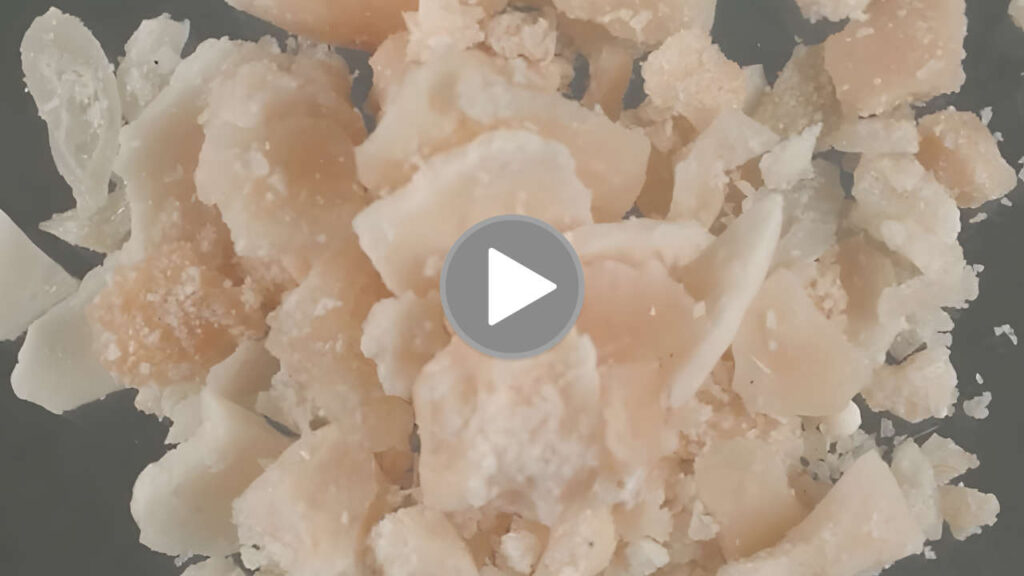Cocaine and crack cocaine, also referred to as: coke, blow, bump, C, candy, Charlie, snow, flake, blanca, soda, coca, rock, girl; began is 1862, a German chemist Albert Niemann extracted the pure chemical, cocaine hydrochloride, from the coca plant.
- The United States is currently the world’s largest consumer of cocaine: 1.9 million users
- In 1862, a German chemist Albert Niemann extracted the pure chemical, cocaine hydrochloride, from the coca plant.
- The powdered substance, hydrochloride salt, can be: snorted, or injected.
- The freebase substance processed with ammonia or bicarbonate becomes a, crystallized rock, form of cocaine is called “crack”. This form of cocaine is smoked.
- There are clear signs of someone under the influence of cocaine: dilated pupils, hyperactivity, irritability, excessive talking, excessive weight loss, and paranoia.
- Cocaine and Crack are both stimulants and although the user will feel like they are “addicted”, there are no medical studies supporting physical addition.
- Psychological dependency on Cocaine and/or Crack may result in physiological damage, lethargy, psychosis, depression, and even fatal overdose.
- Some Cocaine and Crack withdrawal symptoms include: unpleasant dreams, insomnia, increased appetite, slow thought patterns, and a reduction of physical movements.
- Smoking crack can increase heart rate and blood pressure, leading to long-term cardiovascular problems. Some research suggests that smoking crack or freebase cocaine has additional health risks compared to other methods of taking cocaine.
- Prolonged use of either Cocaine or Crack can result in weight loss, itching, hallucinations, depression, excessive sleeping or long periods with no sleep, dehydration, disturbance of heart rhythm, chest pain, heart failure, respiratory failure, strokes, seizures, death.
- Crack lung is an acute injury to the lungs due to heavy use of smoked crack-cocaine. Crack-cocaine smoke constricts blood vessels in the lungs and prevents oxygen and blood from circulating. Extreme crack-cocaine abuse results in scarring and permanent damage. Crack lung is typically accompanied by a fever; other symptoms include cough, difficulty breathing and severe chest pain.
Crack & Cocaine Addicts Can Recover
Treatment for a cocaine or crack cocaine addiction can involve a medical detox, but focuses more on the behavioral, spiritual and emotional damage done during the addiction.
The programs for cocaine substance abuse include hospital inpatient programs, residential programs, and in some cases intensive outpatient programs as well as self help programs such as Narcotics Anonymous or Cocaine Anonymous.




